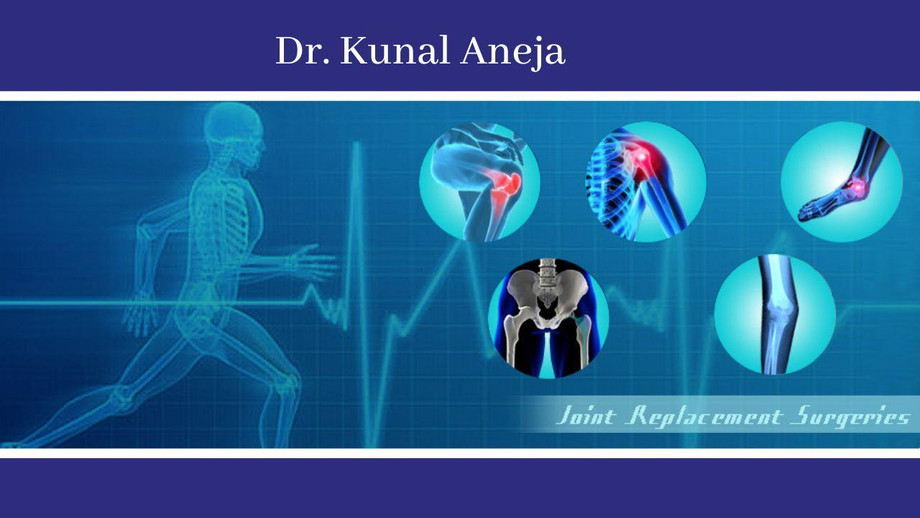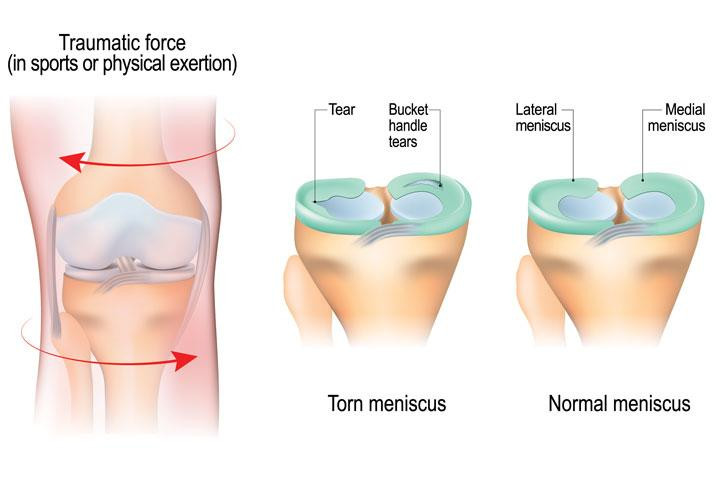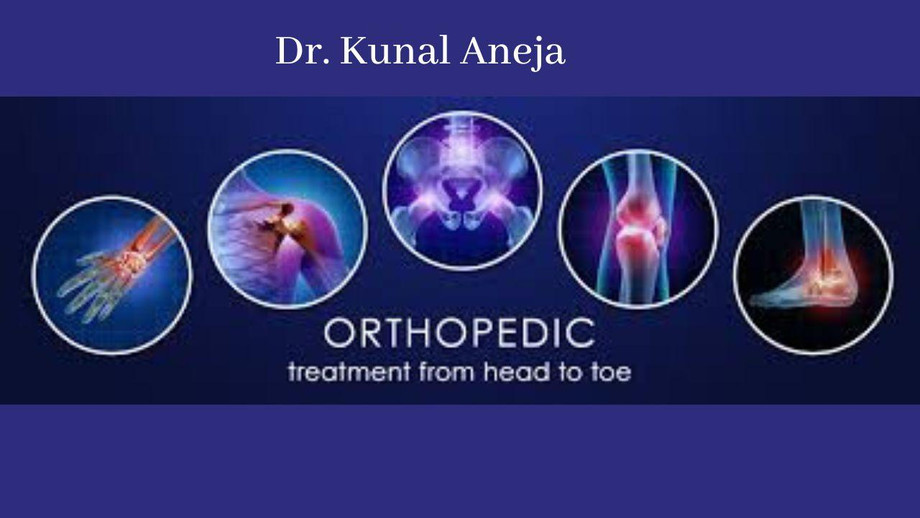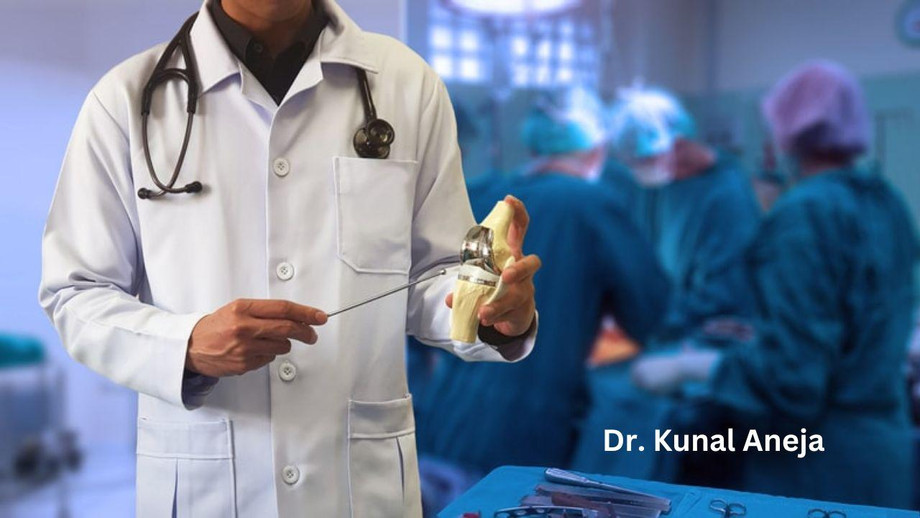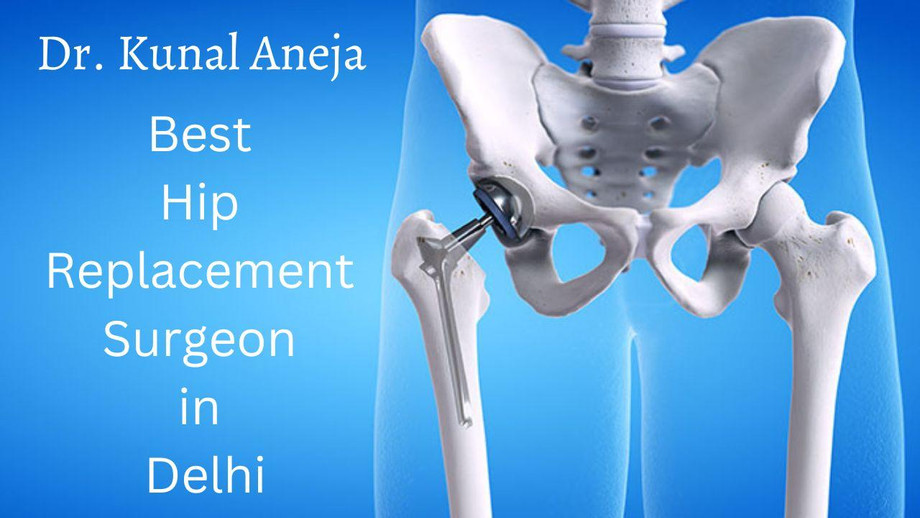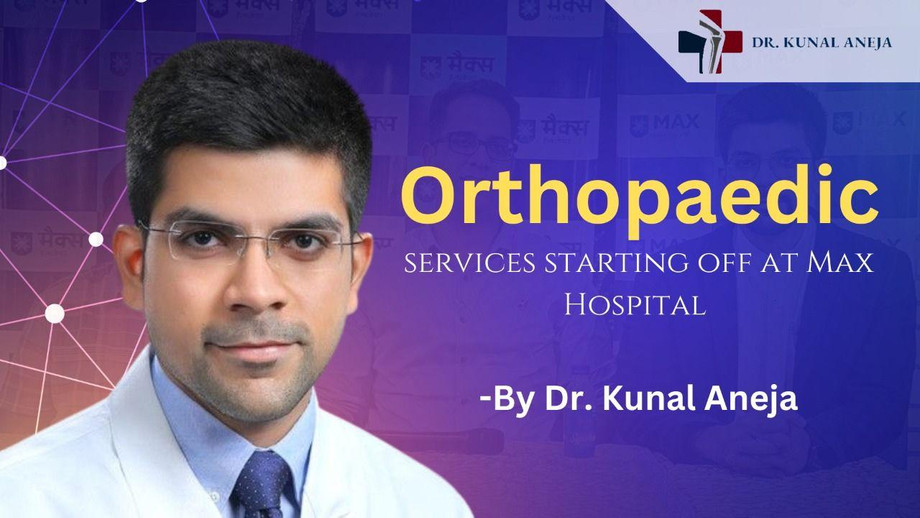
Dr. Kunal Aneja is the best orthopedic surgeon in Delhi. He also provides non-surgical orthopedic care for patients of all ages, including complex and unusual cases. In addition to treating orthopedic problems, he is one of the best orthopedic doctor in delhi. Among the injuries he treats are broken bones, strained ligaments, back pain, shoulder problems, hip problems, and many more. Practising orthopaedics in Delhi, he specializes in complex reconstructions after severe injuries. Complications like arthritis and nerve compression that last for a long time are effectively and efficiently treated.
knee injury
An understanding of knee anatomy is crucial.
Kneecaps connect three bones through the knee joint. Femurs are the bones in the thigh, tibias are the bones in the leg, and patellas are the caps of the knees. A knee can be loaded (bearing weight) when the thigh and leg bones glide over one another, which facilitates the motion and load on the knee. In the process of moving the knee cap (patella), a groove known as the trochlea (concave portion) is located over the cave part of the thigh bone, and this groove allows the patella to slide over the groove.
Anatomy of the Muscles:
There is a rope-like structure that attaches the thigh muscles (quadriceps mechanism) to the leg bones on the upper end of the leg bones, thereby acting as a lever that facilitates the movement of the knee joint, as the thigh muscles are attached to the knee cap on its upper aspect. By using this mechanism, the knee joint is able to move more freely as it acts as a lever. During the bending of the knee, the quadriceps muscle, the patella, the fulcrum, and the patellar tendon all play an important role in bearing the weight of the leg over the thigh bone by bearing the load applied by the knee.
Anatomy of Soft Tissues:
All three surfaces of the bones are polished to a thickness of one centimeter, referred to as cartilage, which covers the entire surface of the bone. This means that very little friction occurs during movement, which is why there is so little friction. Additionally, there are two cushions that are shaped like the letter C, one on either side of the knee and one on the outside of it. The same way shock absorbers work on bikes, these do the same thing by reducing the load that is transmitted directly to the cartilage and bones, just like shock absorbers in bikes. The thigh and leg bones are connected together by four ropes called ligaments, which provide both support and stability to both of them in order to enable them to work together as a unit.
Injuries to the bones include:
If a fracture occurs in one of the bones of the femur, tibia or patella, it is an open fracture. If it breaks into two pieces (simple fracture), or multiple pieces (comminuted fracture), then it is classified as an open fracture. A fracture of the femur, tibia or patella may have open wounds of varying sizes that are communicative with the fracture, however if it does not communicate with the wound, it is called a closed fracture. An open fracture may break at a place in which ligaments and tendons are attached to the bone. As far as these injuries are concerned, they are known as avulsions. In the case of fractures that have moved from their original location, they are either minimally displaced/undisplaced or displaced fractures if they have not moved a great deal from their original location, and fractures that have moved a great deal from their original location are referred to as displaced fractures. If the fracture communicates with the joint, it is known as an intraarticular fracture, while those that do not communicate with the joint are called extraarticular fractures.
Injuries to the meniscus
When a torn meniscus occurs alone or together with a torn ligament, there is a tendency for it to tear.
During the aging process, some patients might experience spontaneous tears (degenerate tears).
It is possible to treat an injury-related tear of the meniscus by partially removing it or by repairing it using keyhole (arthroscopic) surgical techniques. Degenerative tears of the meniscus are normally treated without surgery, unless they are the result of mechanical symptoms such as getting stuck in the knee or locking.
Delhi's leading Orthopedic Surgeon - Dr. Kunal Aneja is one of the leading orthopedists in Delhi
Naveda Healthcare Centre offers the best orthopaedic doctor and surgeon in Delhi, Dr. Kunal Aneja, an expert orthopedic surgeon. Book an appointment with Dr. Kunal Aneja, an experienced orthopaedic surgeon at Naveda Healthcare Centre.




